5 Spicy Secrets Behind Persian Dolmeh: How This Stuffed Delight Can Spice Up Your Life!
If you’ve ever wondered how a humble grape leaf could carry the flavors of an entire empire, you’re not alone. Welcome to the world of Persian Dolmeh, a culinary masterpiece that’s equal parts history, spice, and soul. Whether you're a curious foodie or a seasoned chef with a soft spot for Middle Eastern cuisine, this blog will unravel everything you need to know about this iconic dish — from its rich heritage to practical tips on how to recreate it at home.
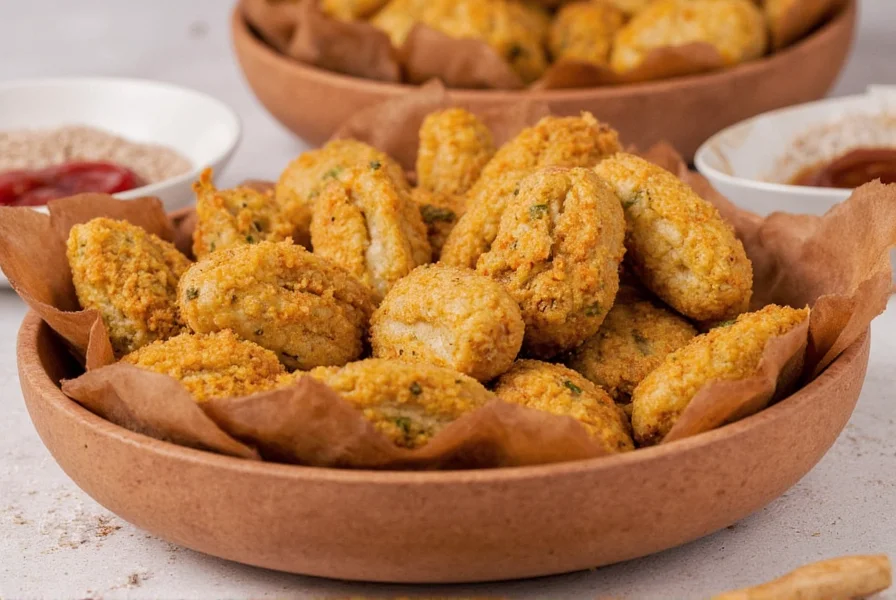
Table of Contents
- The Origins of Persian Dolmeh: A Taste of Time
- What Makes Persian Dolmeh Special?
- Spice Spotlight: What Gives Dolmeh Its Signature Flavor?
- Step-by-Step Guide to Making Authentic Persian Dolmeh
- Buying Guide: Finding the Best Ingredients
- Serving Suggestions & Pairings That Wow!
- Modern Twists: From Vegan to Fusion Flavors
- Conclusion: Why You Should Give Dolmeh a Roll
The Origins of Persian Dolmeh: A Taste of Time
Dolmeh is more than just a dish — it's a cultural heirloom passed down through generations. The word 'dolmeh' comes from the Turkish verb *doldurmak*, meaning 'to fill'. While similar stuffed dishes appear across the Mediterranean and Middle East, Persian dolmeh stands out with its unique blend of spices and ingredients rooted in ancient Persian kitchens.
Historically, dolmeh was prepared during festive occasions and family gatherings. In royal Persian courts, it was often served alongside fragrant saffron rice and yogurt-based sauces, highlighting the sophistication of Persian cuisine long before Instagram made food trends go viral.
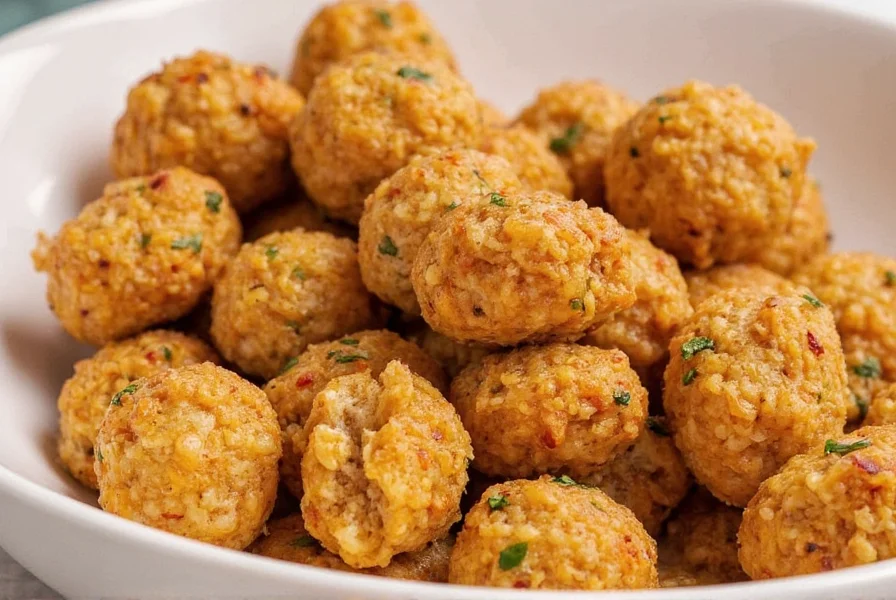
What Makes Persian Dolmeh Special?
The beauty of Persian dolmeh lies in its simplicity — but don’t be fooled, every ingredient plays a crucial role. Here’s what typically goes into a traditional dolmeh roll:
- Grape leaves (fresh or preserved)
- Rice (often parboiled to maintain texture)
- Ground lamb or beef (sometimes replaced with vegetarian options)
- Alliums like onions and leeks
- Fresh herbs like parsley, dill, and mint
- Lemon juice or pomegranate molasses
- Special spice blend (more on this below!)
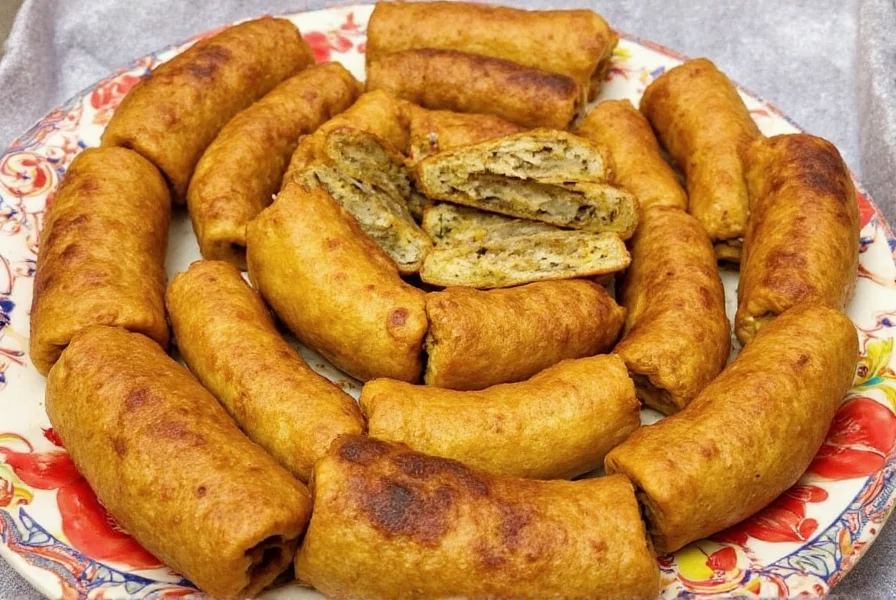
Traditional vs. Modern Fillings
| Variation | Ingredients | Taste Profile |
|---|---|---|
| Classic Meat Dolmeh | Rice, lamb, herbs, lemon | Bright, savory, herbal |
| Vegan Dolmeh | Rice, lentils, herbs, lemon | Eartly, light, tangy |
| Chicken Dolmeh | Rice, shredded chicken, dill | Mild, aromatic, comforting |
| Vegetable Dolmeh | Rice, eggplant, zucchini, tomatoes | Savory, juicy, complex |
Spice Spotlight: What Gives Dolmeh Its Signature Flavor?
Let’s talk spice — because Persian dolmeh wouldn’t be the same without its aromatic depth. Here are the key players:
- Turmeric: Adds color and earthiness
- Cinnamon: Sweet warmth that balances tartness
- Black Pepper: Sharpens other flavors
- Nutmeg: Adds subtle heat and complexity
- Cardamom: For a floral kick
- Lime Powder (Amchur): Adds tang without liquid
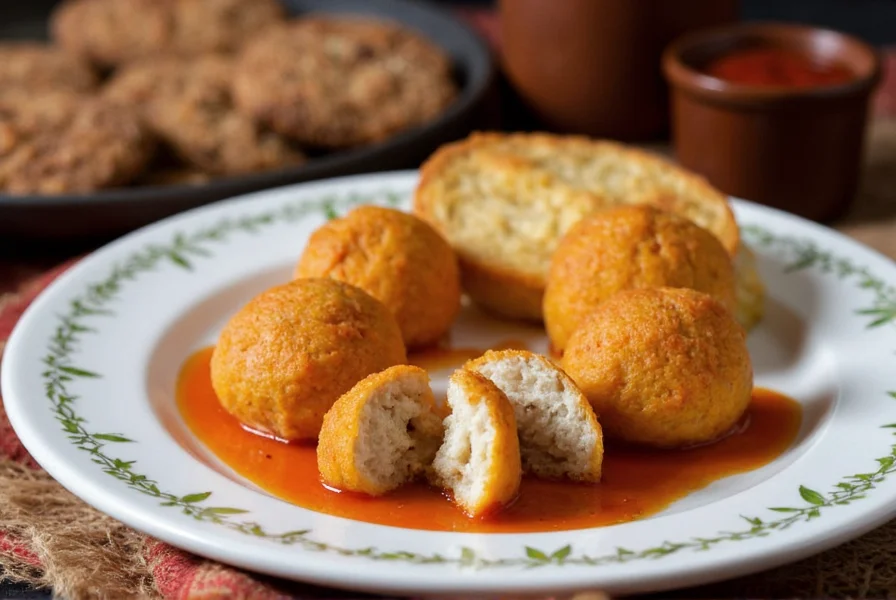
Pro Tip: If you can’t find Persian spice blends pre-made, try mixing 1 part ground turmeric, ½ part cinnamon, a pinch of nutmeg, and a dash of lime powder. Use this homemade blend sparingly — a little goes a long way!
Step-by-Step Guide to Making Authentic Persian Dolmeh
Ready to roll? Here’s how to make your own dolmeh at home — no experience required!
- Soak the grape leaves: Rinse and soak fresh or preserved grape leaves in warm water for 10–15 minutes until pliable.
- Prepare the filling: Sauté finely chopped onions, add rice and meat (or veggies), then mix in chopped herbs and spices.
- Fill and roll: Place a small amount of filling near the stem end of each leaf. Fold sides inward and roll tightly toward the tip.
- Layer and cook: Place rolls seam-side down in a pot lined with leaves. Pour in water or broth and simmer on low heat for 45–60 minutes.
- Rest and serve: Let cool slightly before serving with yogurt, pickles, or flatbread.

Buying Guide: Finding the Best Ingredients
Whether you're shopping at a local market or ordering online, knowing where to source quality ingredients makes all the difference. Here's what to look for:
Grape Leaves
- Fresh vs. Pickled: Fresh leaves offer better flavor and texture, but jarred ones are convenient. Look for firm, intact leaves without excessive bruising.
- Brand Recommendations:
| Product | Features | Best For |
|---|---|---|
| Kaliope Organic Grape Leaves | Organic, non-GMO, sustainably sourced | Health-conscious cooks |
| Barouni Preserved Grape Leaves | Brined in olive oil, easy to use | Busy home chefs |
Rice
- Type: Medium-grain basmati rice gives the best texture — fluffy yet sticky enough to hold shape.
- Recommended Brands:
| Product | Features | Best For |
|---|---|---|
| Daawat Basmati Rice | Long grains, strong aroma, minimal breakage | Traditional dolmeh lovers |
| Zatarain’s Parboiled Rice | Cooks evenly, holds shape well | Quick prep enthusiasts |
Meat Options
- Ground Lamb: Preferred for authenticity; higher fat content keeps rolls moist.
- Beef Substitute: Lean cuts work fine but may dry out easily.
- Plant-Based Options: Try textured vegetable protein or mushrooms for a meatless twist.
Serving Suggestions & Pairings That Wow!
Dolmeh shines best when served with complementary side dishes. Here are some top picks:
- Zhoug or Tzatziki: Cooling dip that balances spiced filling
- Tahdig: Crispy Persian rice crust adds crunch
- Pickled Vegetables: Adds acidity and brightness
- Mint Tea: Classic Persian pairing that cleanses the palate
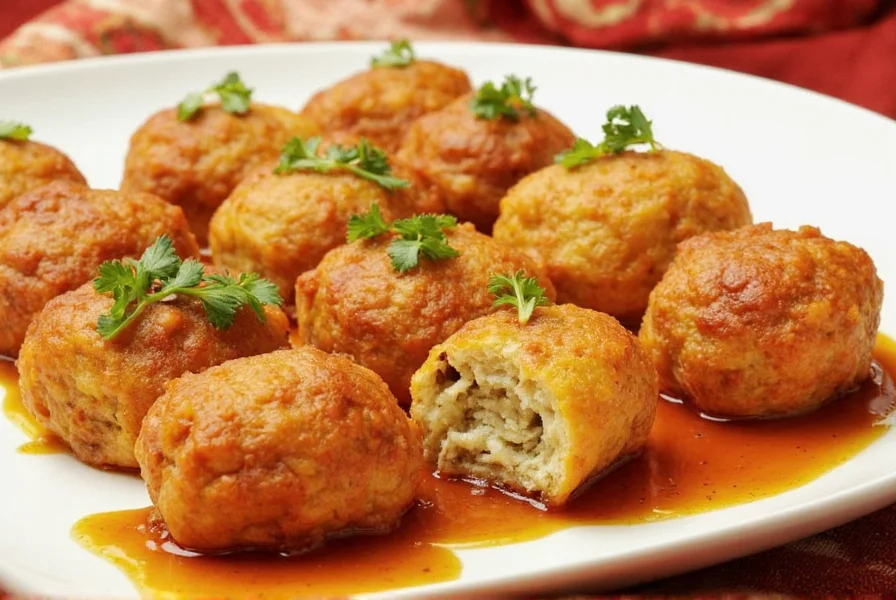
Modern Twists: From Vegan to Fusion Flavors
While traditional dolmeh remains a favorite, modern interpretations keep things exciting. Check out these fun spins:
- Vegan Spinach Dolmeh: Swap meat for spinach and lentils
- Coconut Curry Dolmeh: Add curry powder and coconut milk for tropical flair
- Mexican-Inspired Dolmeh: Use cilantro-lime rice and chili spices
- Seafood Dolmeh: Mix shrimp or crab into the filling
Conclusion: Why You Should Give Dolmeh a Roll
In a world full of quick bites and fusion chaos, Persian dolmeh reminds us that sometimes, the slow stuff is worth the wait. It’s a dish that tells stories — of ancient markets, family feasts, and the magic of herbs meeting heat. Whether you're rolling them up for a weekend brunch or impressing guests at your next dinner party, mastering dolmeh is like wrapping yourself in a delicious Persian rug of flavor.
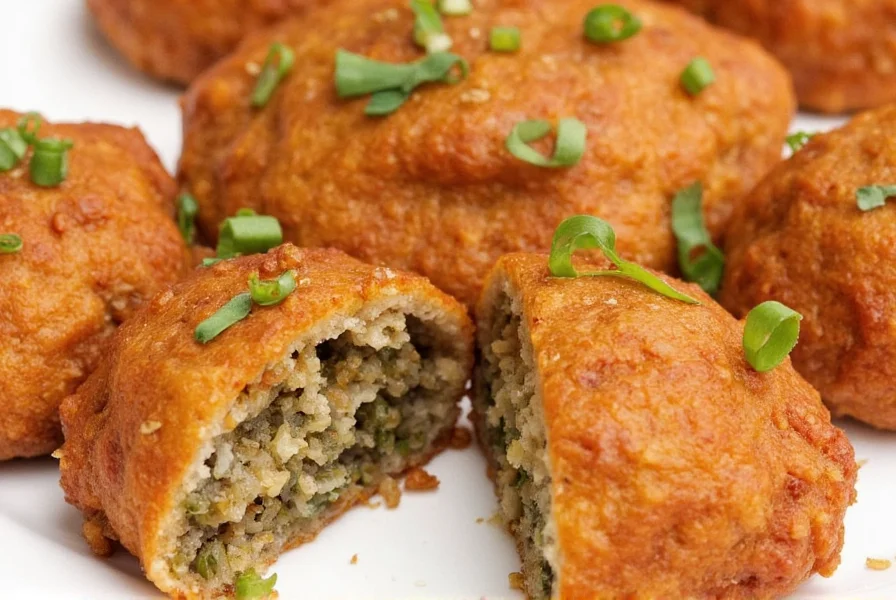
So go ahead — grab those grape leaves, dust off that spice rack, and give dolmeh a whirl. Who knows, you might just roll your way into the heart of Persian tradition… one bite at a time!











 浙公网安备
33010002000092号
浙公网安备
33010002000092号 浙B2-20120091-4
浙B2-20120091-4